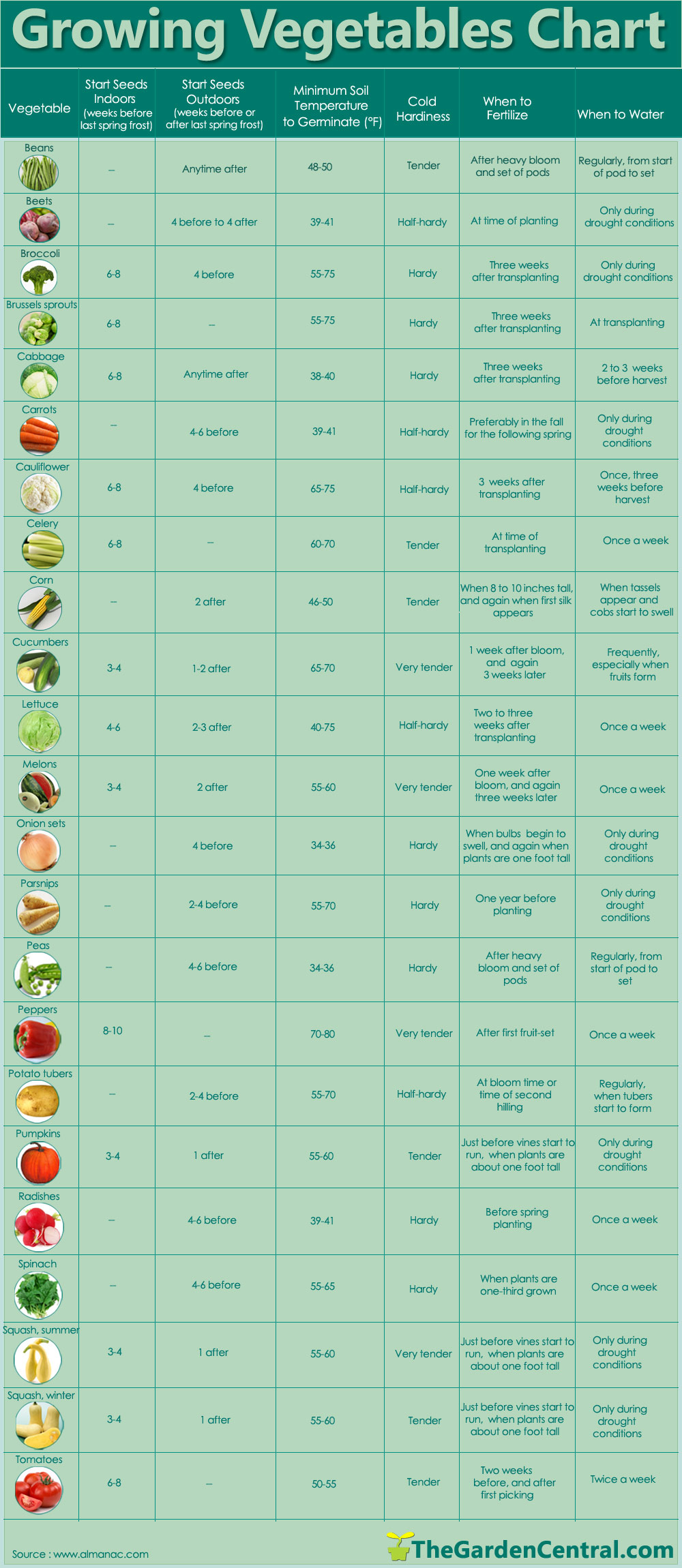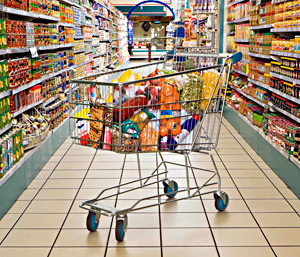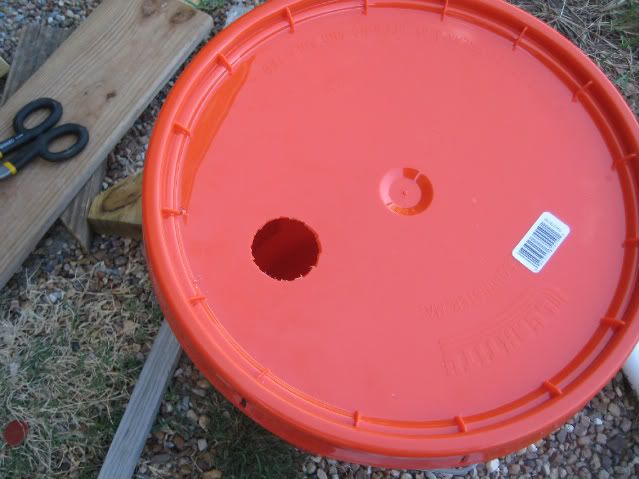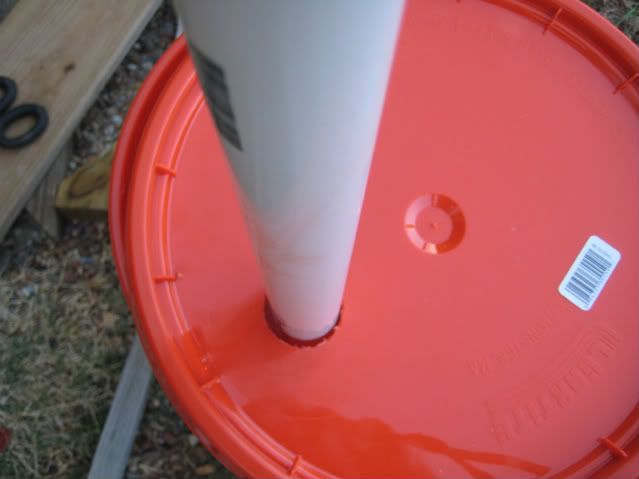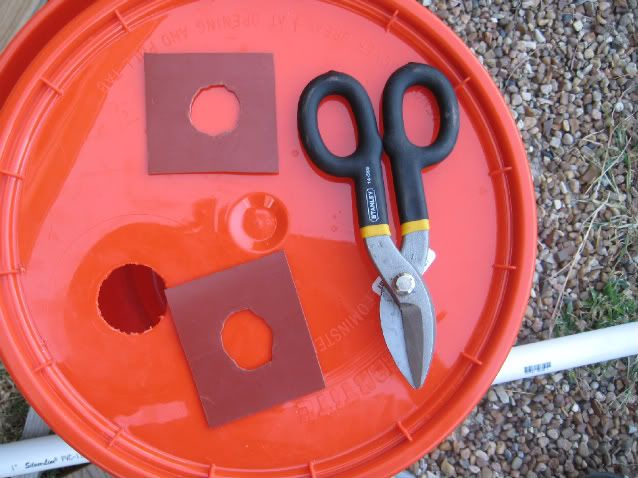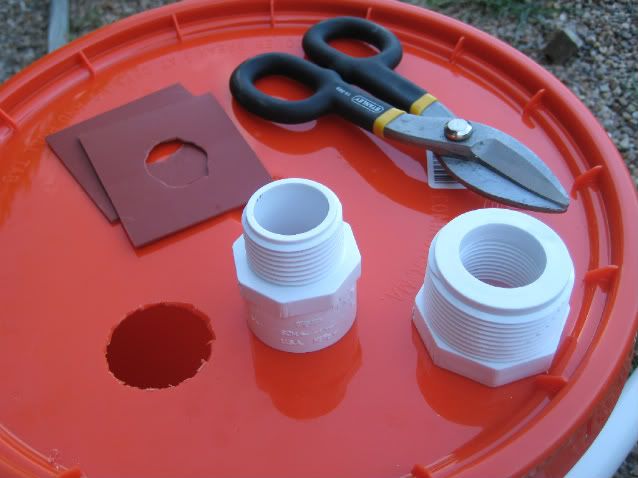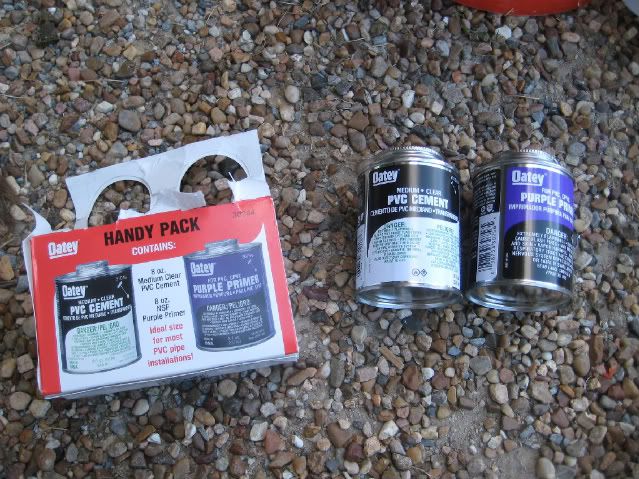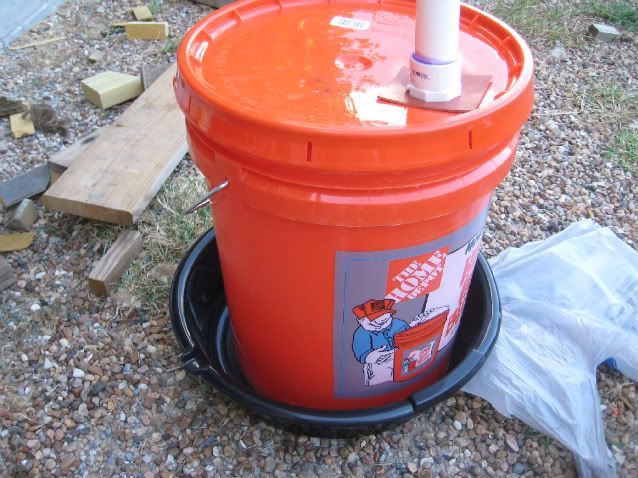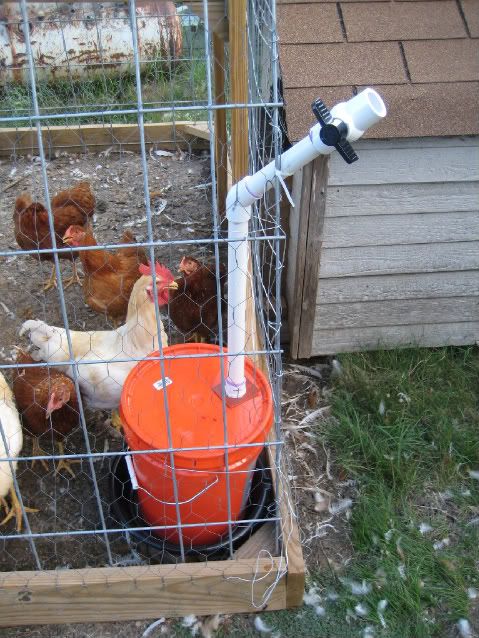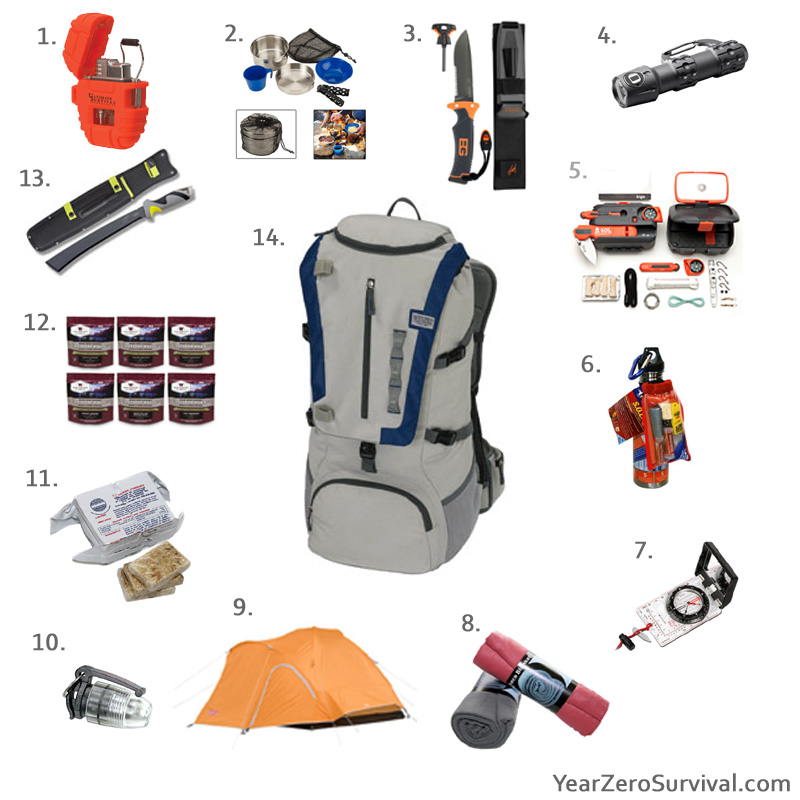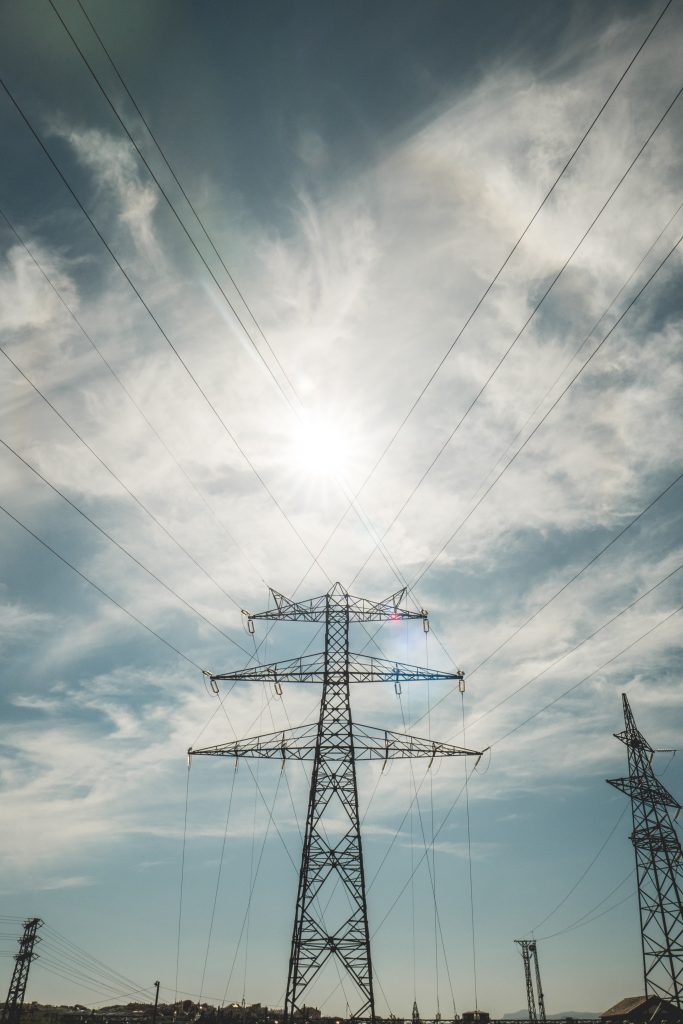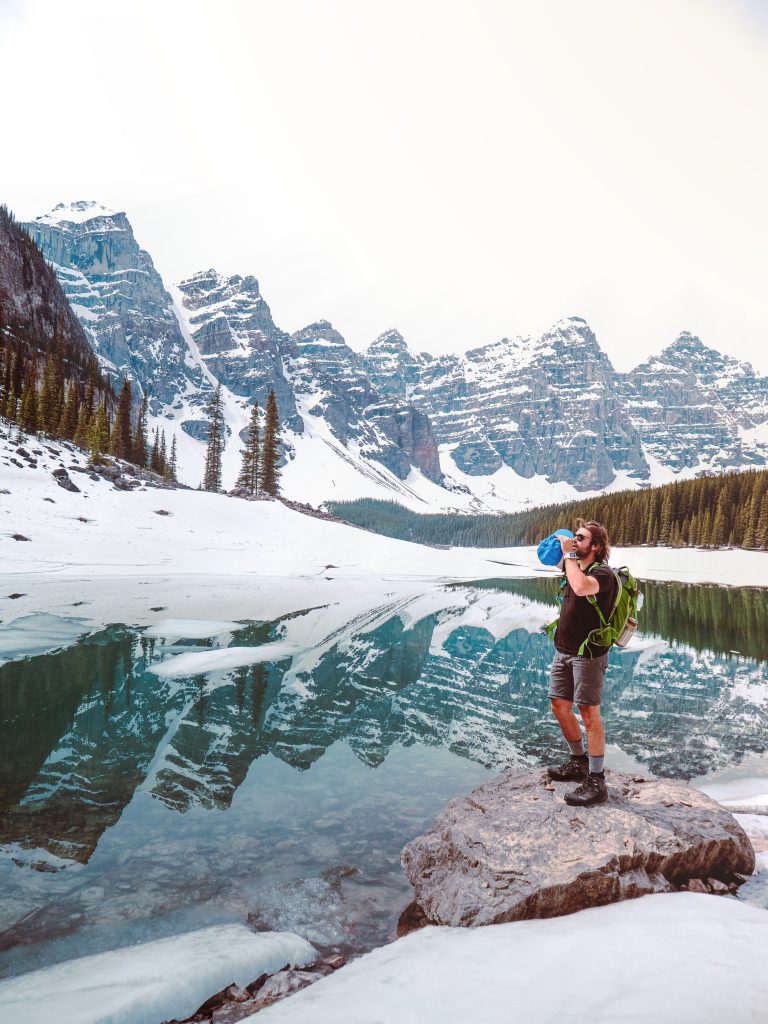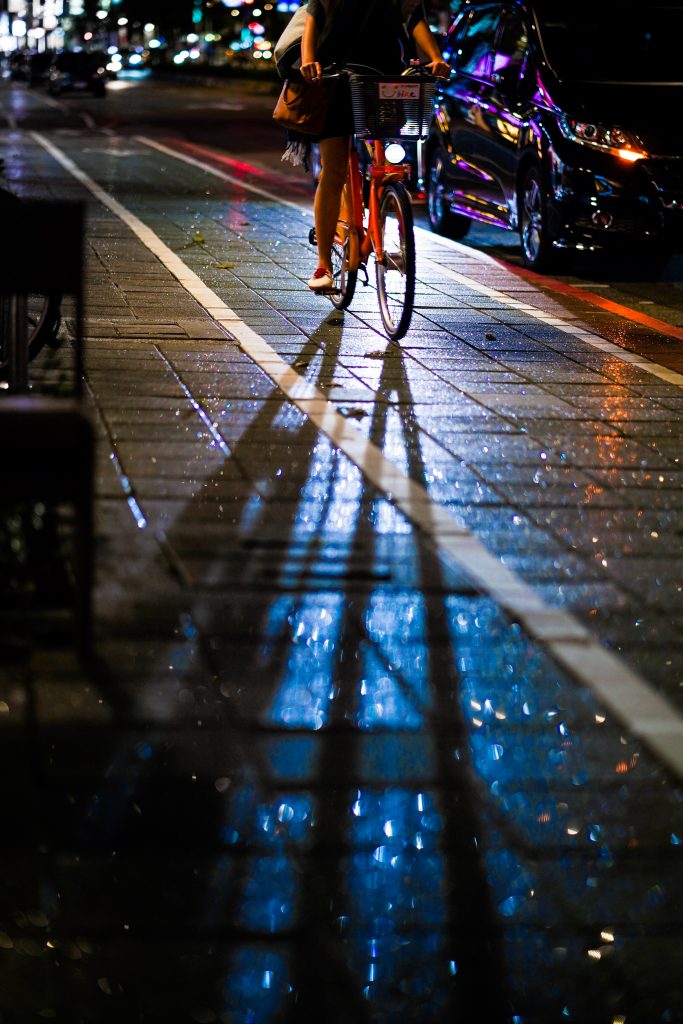First, I would like to say congratulations! And secondly, I’m not a fan of the “prepper” label, I prefer to use “realist” or “survivalist”. With the popularity of TV shows like Doomsday Preppers, a “prepper” has become a stigma the mainstream media and often called nutty, crazy or just out there.

So back to your “realist” spouse, it’s important to know what exactly they are preparing for, and are you embracing or opposing it? Was it a recent event or has this been going on from the beginning of your relationship? Many “survivalists” have a specific trigger event or future fearful event that they focus on.
Communication is key, it’s better to discuss everything openly, and be partners. I have heard of the excessive “realists” that can spend everyday and almost every dollar on their preps, the ones usually portrayed on TV. With open communication and a set plan, it can bring you closer together as a couple or tear you apart. Either way, Talk it out.
In your discussions, you should find out why it’s important to prepare. “Independence, self reliance, survival, family, etc…” what makes emergency preparedness important to you and your spouse that matters most.

If you can’t be a part of it, please don’t mock it. Your spouse cares enough about you to include you. It’s easy to think, “It’ll never happen to me”, until it does. Mother nature, happens so it’s best to be as prepared as possible. You wouldn’t go on vacation without packing a suitcase…
Read more survival blog articles…

